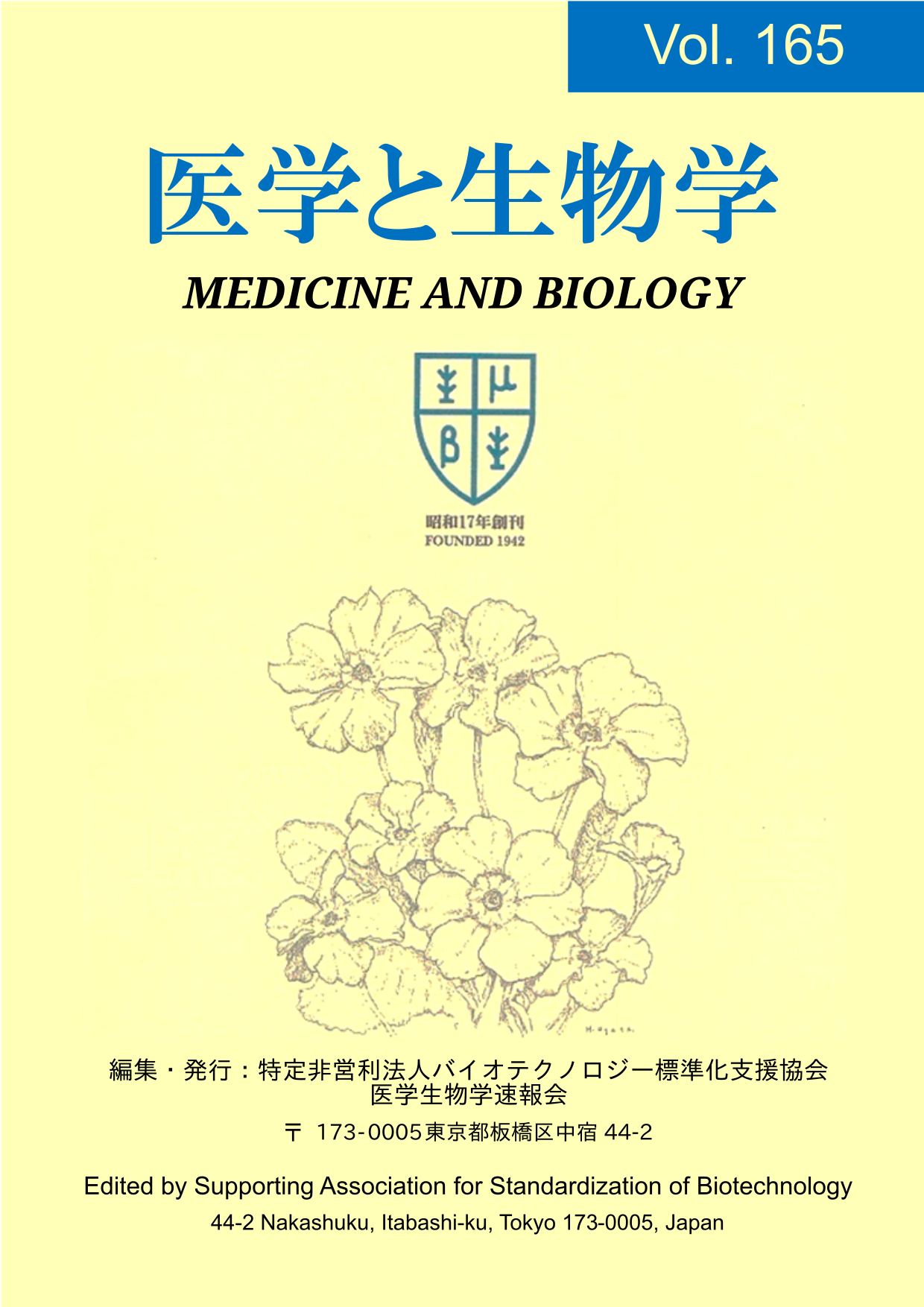Objective Sleep Assessment in Critically Ill Patients Using Single-channel Electroencephalography: a Pilot Study
Keywords:
critically ill patients, intensive care unit, objective sleep assessment, single-channel electroencephalographyAbstract
Objective: This preliminary study aimed to objectively assess sleep in patients in a sedated intensive care unit (ICU) under ventilatory management using single-channel electroencephalography.
Methods: This study included three patients aged ≥ 20 years admitted to the ICU. A single-channel electroencephalograph was used to measure sleep EEG for 72 h in patient 1, who was extubated, and for 24 h in patients 2 and 3. We investigated sleep variables, arousal periodicity, sleep stage, and sleep-related items.
Results: The total sleep time (TST) in the three patients ranged from 0–21 h, and hypnograms showed frequent awakenings. Patient 1 had a TST range of 0–3 h, all sleep was shallow, lacked deep sleep (N3) and rapid eye movement (REM) sleep, and showed signs of delirium. Patients 2 and 3 exhibited 23.1/12.3% REM, 1.9/1.1% sleep stage N3, eight sleep cycles daily, no delirium, and 58.5/50.0% sleep stage N2.
Discussion: The TST of the three patients differed, and their sleep was fragmented. Patient 1 had the same hyperarousal, sleep stage N3, and REM characteristics as critically ill patients before delirium. Patients 2 and 3 had shallow sleep throughout the day but exhibited sleep stage N3 and sleep cycles. Furthermore, sleep stage N2 was similar to that of healthy adults, suggesting that sleep may have shifted during the night. Objective sleep assessment using single-channel electroencephalography may be a promising approach for the early detection of delirium in ICU patients and provision of sleep-promoting care.
Downloads
Published
Issue
Section
License
Copyright (c) 2025 Medicine and Biology

This work is licensed under a Creative Commons Attribution-NonCommercial-NoDerivatives 4.0 International License.


